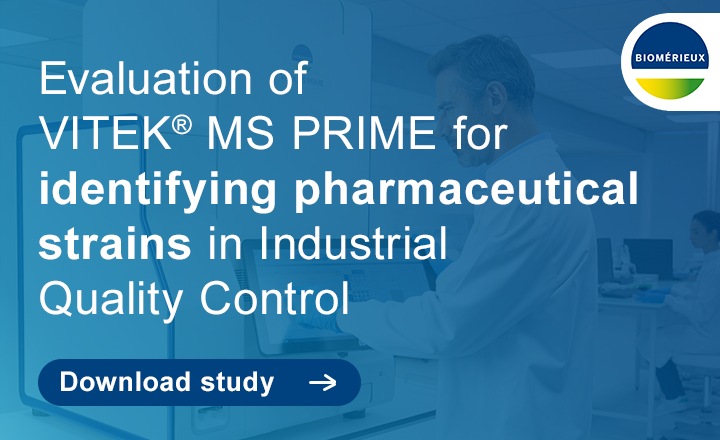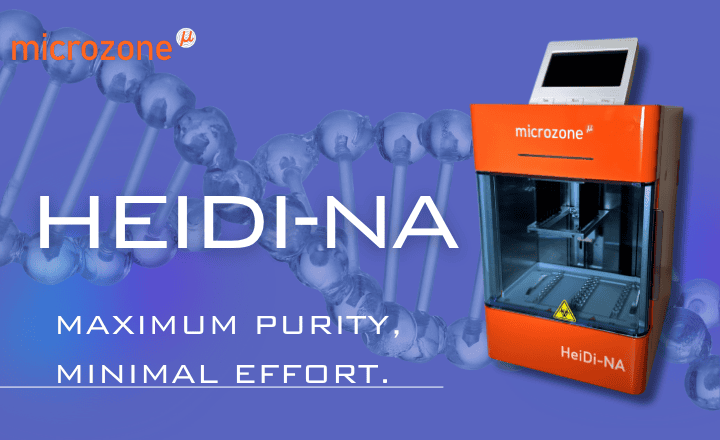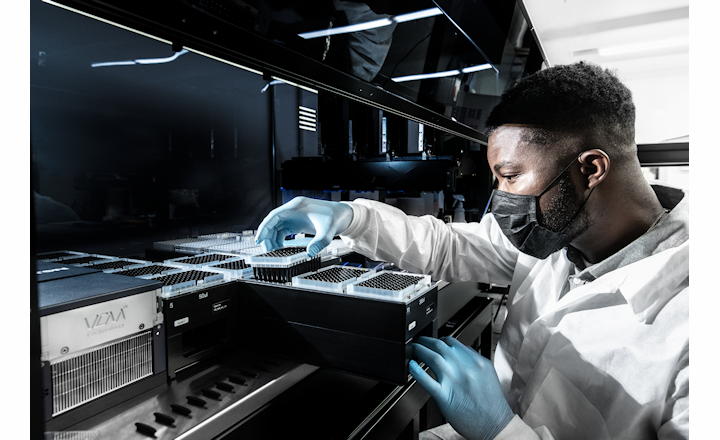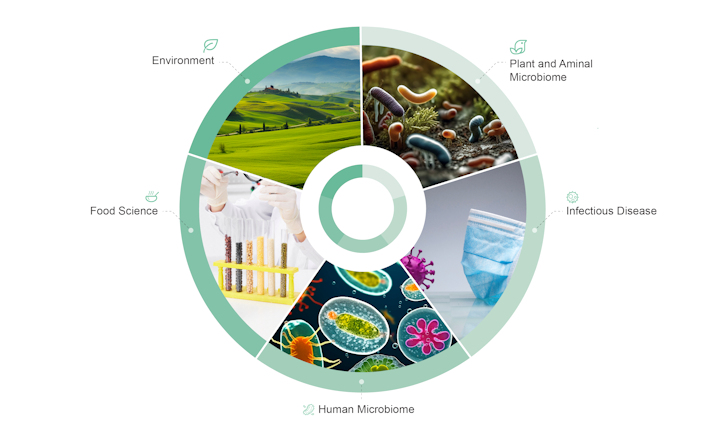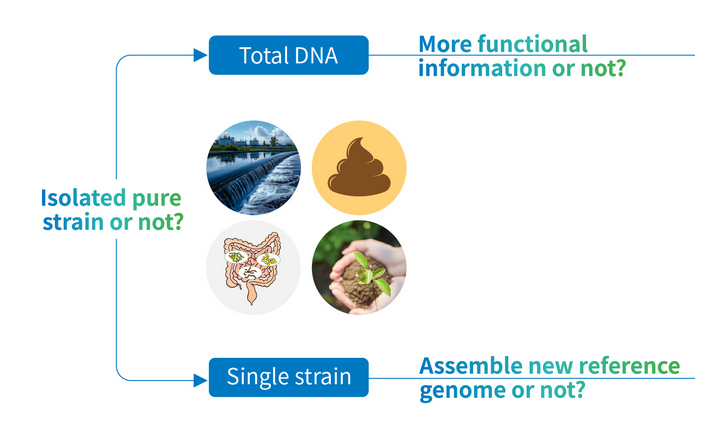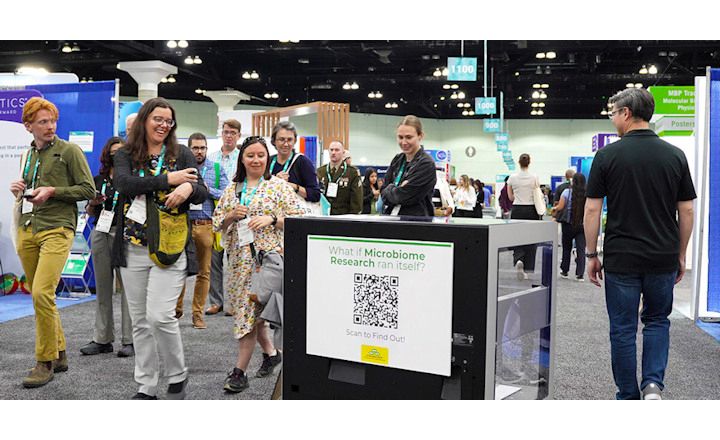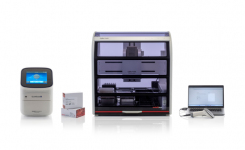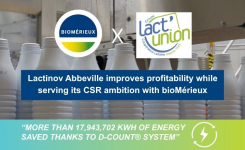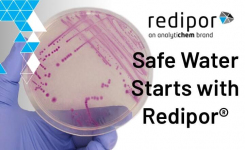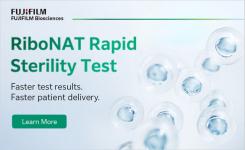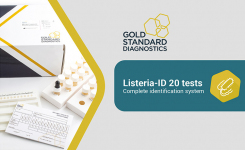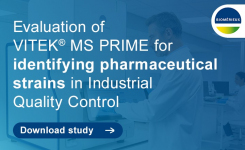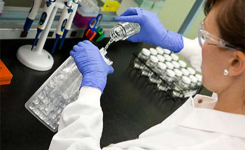Today’s technology-focused world has morphed the way our society operates, creating a highly complex and globally interconnected landscape that is fundamentally changing the way foods move from farm to table. We’ve evolved from a system that sources foods from “around the corner” to “around the world” and are now redefining the “last mile” with the emergence of various direct-to-home food delivery models.
Thanks to these advances, a wide variety of foods are now available to Americans conveniently, year-round, and at affordable prices. But it doesn’t stop here. We expect to see more innovation in the agriculture, food production, and food distribution systems in the next 10 years than we’ve seen in the past 20, which will continue to provide an even greater variety of food options and delivery conveniences to American consumers. With this ever-changing landscape, we know we must continue preparing to take advantage of new opportunities and address potential risks.
At the U.S. Food and Drug Administration, we’ve already made great strides modernizing and further safeguarding the U.S. food supply chain with implementation of the FDA Food Safety Modernization Act (FSMA). Since FSMA was signed into law in 2011, the FDA has proposed and finalized critical regulations that have established science- and risk-based standards for the production and transportation of domestic and imported foods. The FDA has also had great success leveraging technology to advance food safety, especially in the use of new analytical tools. For example, we developed and led the domestic and international effort to build a first-of-its-kind network of laboratories that can sequence the genomes of foodborne pathogens and then upload the genomic sequence and the geographic location from which the pathogen was gathered, into a publicly accessible database. Known as the GenomeTrakr Network, this new tool is a paradigm-changing development to facilitate foodborne outbreak investigations.
A New Era of Smarter Food Safety
While these new regulations and developments have enhanced our oversight of the food supply and its safety to a level on par with our nation’s growing needs, we recognize that it’s time to look to the future of food safety once again, with a view that builds on the progress we’re making with our regulatory framework, but also leverages the use of new and emerging technologies to create a more digital, traceable and safer system. That’s why, today, we’re announcing a “New Era of Smarter Food Safety” to augment our efforts implementing important FSMA requirements while also leveraging, among other things, the use of new and emerging technologies. To kick off this new focus, we intend to develop a “Blueprint for a New Era of Smarter Food Safety.” The Blueprint will address several areas, including traceability, digital technologies and evolving food business models. We’ll also be holding a public meeting later this year to discuss smarter food safety, seek stakeholder input and share ideas on our overall strategy and the specific initiatives.
Food Traceability
While we have new tools that can more rapidly identify what foods may be causing illnesses, we know that food safety is a never-ending race to detect and respond to problems, while continually assessing better ways to prevent them. When it comes to food traceability, many in the food system utilize a largely paper-based system of taking one step forward to identify where the food has gone and one step back to identify the source. When you look at how other industries digitally track the movement of planes, ride sharing and delivery of packaged goods, it becomes clear that we must explore how these types of technologies could improve tracking when it comes to food.
The use of new and evolving digital technologies may play a pivotal role in tracing the origin of a contaminated food to its source in minutes, or even seconds, instead of days or weeks, when contamination does occur. Access to information during an outbreak about the origin of contaminated food will help us conduct more timely root cause analysis and apply these learnings to prevent future incidents from happening in the first place. To help accomplish this goal, our new era of smarter food safety work will explore opportunities and specific actions to evaluate new technologies and upgrade our abilities to rapidly track and trace food through the supply chain. This work will support and be aligned with other track and trace efforts at the agency, such as our recently announced pilot programsfocused on tracking the movement of medicines throughout the supply chain as part of the Drug Supply Chain Security Act.
Digital Technologies
Tracing is only one area where technology can enhance food safety. We’ll also be looking at how to leverage emerging technologies and other approaches that are being used in society and business sectors all around us, such as distributed ledgers, sensors, the Internet of Things and artificial intelligence. We will assess how these technologies could create a more digital, transparent and safer food system while also addressing consumer demands for quick access to information about where their foods come from, how they’re produced and, if the food is the subject of an ongoing recall.
To this end, today we’re sharing that the FDA plans to conduct a new pilot that will leverage artificial intelligence and machine learning to explore new ways to enhance the agency’s review of imported foods at ports of entry to ensure they meet U.S. food safety standards. The number of import food lines is increasing year after year and applying the best predictive and analytical tools will help ensure we’re targeting the greatest risks to protect consumers. This pilot will build upon FDA initiatives already under way, which are also looking at how use of these new technologies may be able to help us continue meeting our public health mission.
Evolving Food Business Models
With the rise in e-commerce of food, the way we get our food from farm to home continues to evolve. As customers are increasingly asking for food to be delivered to their homes, there are new methods, packaging materials, temperature control approaches and nodes (such as “last mile” delivery in cars and bikes) in the e-commerce food delivery system. These evolving business models present food safety challenges as well as novel considerations around regulatory framework and oversight at the federal, state and local level. Our Blueprint will discuss areas for collaboration in this space as we work to identify the appropriate standard of care in this rapidly growing sector.
Moving Forward Together
We know that we cannot embark upon this journey alone and, to be successful, it’s equally important for food companies of all sizes and technology firms, as well as local and federal agencies and other stakeholders, to join us in this effort. We know it must also include the important elements of collaboration, leadership, creativity and culture.
We both learned from working with the FDA, while on the other side of the fence, that there’s a lot industry and government – whether it’s the states or the Federal government – can do to advance food safety. Tackling food safety is a shared responsibility, and there’s much more we can do together and in a manner that benefits people, food companies, and the planet. That’s why we’re excited about holding a public meeting later this year to bring various stakeholders to the table and learn more about what others are doing to create a smarter, safer food system.
As we continue moving toward this new era of smarter food safety, we won’t lose sight of the fact that smarter food safety is more than just technology. It’s about embracing technological advancements in ways that build upon the vision FSMA set forth. We must use that vision – our vision – to work together to keep consumers in every town, in every county and in every state safe.
Ultimately, for our journey toward a new era of smarter food safety to be a success, all those involved in making food products available to consumers must walk in lockstep on this path. Whether you’re in the private or public sector, whether you’re at the state or Federal level, we’re all working for the same bosses – American consumers – so let’s work together to keep their food safe. They’re counting on us to do so.
So, welcome to the new era of smarter food safety that is people-led, FSMA-based and technology-enabled!
The FDA, an agency within the U.S. Department of Health and Human Services, protects the public health by assuring the safety, effectiveness, and security of human and veterinary drugs, vaccines and other biological products for human use, and medical devices. The agency also is responsible for the safety and security of our nation’s food supply, cosmetics, dietary supplements, products that give off electronic radiation, and for regulating tobacco products.






